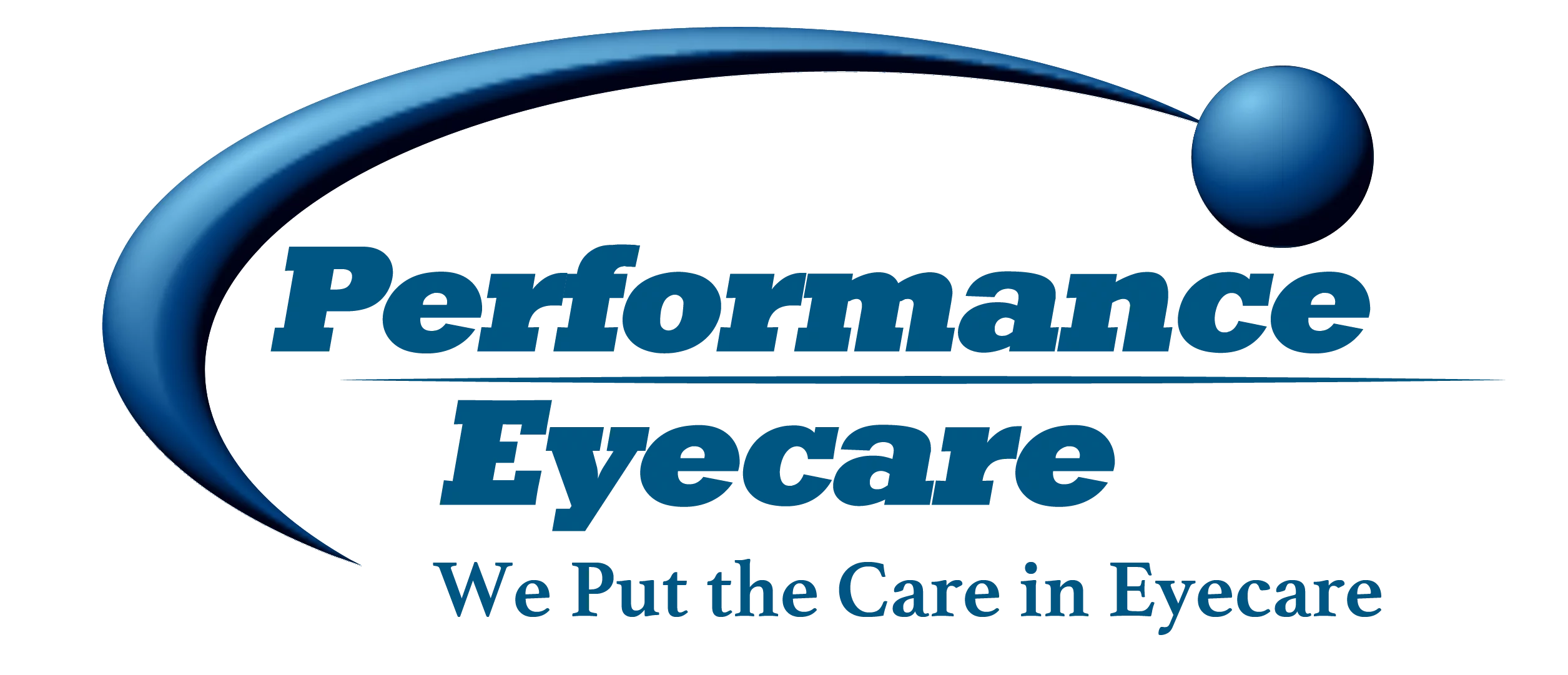Corneal inlays and onlays are small lenses or optical devices inserted into the cornea. This helps alter its shape and correct vision problems. They are a cutting-edge technology for vision correction.
These devices and the surgical procedures associated with them are not yet FDA-approved for use in the United States. However, they are currently in clinical trials and may soon represent a new form of vision correction surgery.
In LASIK and PRK, doctors correct vision by removing corneal tissue with a laser to reshape the eye. But with corneal inlays or onlays inserted just beneath the surface of the cornea, laser energy could be used to sculpt this artificial material instead of the eye itself. This means corneal thickness can be preserved.
Corneal inlays and onlays work much like contact lenses, but with the advantage of never needing removal or ongoing care. They differ from currently available intraocular lenses, because they are less invasive and aren’t placed in the interior of the eye. Because corneal inlays and onlays don’t require tissue to be removed from the cornea, there is less risk of ectasia (bulging of the cornea), dry eye and other potential complications of laser vision correction procedures.
The corneal inlay procedure
With corneal inlays, a thin flap is created on the eye’s surface with a laser or a microkeratome. In this regard, the procedure is very similar to the first step of LASIK. The inlay is then positioned in the center of the cornea, and the flap is replaced to hold it in place.
The procedure takes less than 15 minutes and can be performed in the eye surgeon’s office. Sutures are not required, and only topical anesthesia in the form of eye drops is used.
The corneal onlay procedure
Unlike corneal inlays, where a flap is created to place the inlay within the body of the cornea, corneal onlays are positioned under the cornea’s thin outer layer of cells. An instrument creates a pocket between the epithelium and the stroma, and the onlay is inserted in this space. The onlay is secure nearly immediately, and within 48 hours, new epithelial cells grow over the surgical wound to seal it completely.
When will these procedures be available in the U.S.?
It’s impossible to predict when corneal inlays and onlays will gain FDA approval for use in the United States. Clinical trials have begun for two corneal inlays designed to correct presbyopia, the age-related condition that results in near vision focusing problems.
